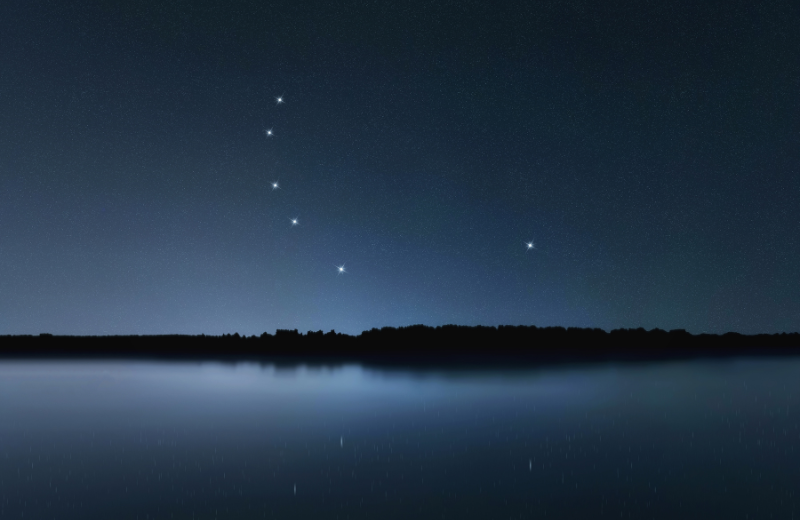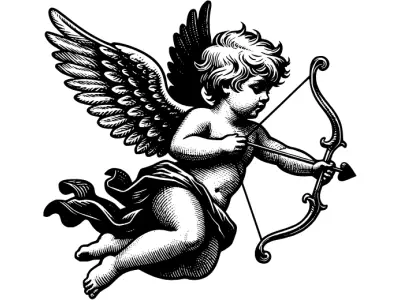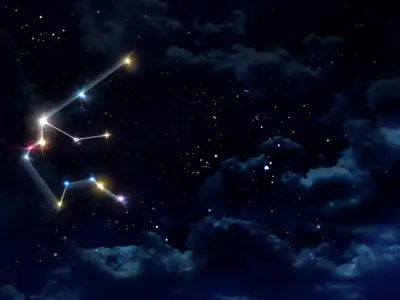Corona Australis is a lesser-known constellation with a unique charm and plenty of intriguing stories. Whether you're an astronomy enthusiast or simply curious about the universe, this guide offers an engaging look at the Corona Australis Constellation and what makes it so captivating.
Jump to:
- What is the Corona Australis Constellation?
- What Does Corona Australis Look Like?
- How Far is the Corona Australis Constellation from Earth?
- The Corona Australis Constellation Myth
- Corona Australis' Stars
- Nebulae in the Corona Australis Constellation
- Finding Corona Australis in the Sky
- Fun Facts About Corona Australis
- Study Astronomy for £29
Recommended for you!
Best SellersWhat is the Corona Australis Constellation?
Corona Australis, meaning "the Southern Crown" in Latin, is a constellation in the southern celestial hemisphere. Its name comes from the semi-circular arrangement of stars that resembles a crown. It’s a smaller constellation, but its distinctive shape and mythological ties make it a memorable one for stargazers.
The constellation is best observed during the months of June to August, making it a highlight of the winter skies for those in the Southern Hemisphere. It’s located near the more well-known constellation Sagittarius, and its position low in the sky can be an exciting challenge for astronomers.
What Does Corona Australis Look Like?

The constellation features a curved line of relatively faint stars, forming an arc that looks like a crown. Although it lacks extremely bright stars, the arrangement stands out against the darker background of space, making it easier to identify once you know where to look.
If you’re lucky enough to be in a location with minimal light pollution, you’ll notice that this arc beautifully mimics the shape of a royal diadem. The brightest stars in Corona Australis are Gamma Coronae Australis and Alpha Coronae Australis, both of which contribute to the iconic crown-like outline.
How Far is the Corona Australis Constellation from Earth?
In terms of distance, the constellation itself isn't a single object but rather a collection of stars located at varying distances from Earth. The stars in Corona Australis range from about 130 to 500 light-years away. This makes it one of the closer constellations to our solar system, allowing for clearer visibility under the right conditions.
The Corona Australis Constellation Myth

Corona Australis has roots in Greek mythology, adding a touch of mystique to its already fascinating appearance. According to one tale, the constellation symbolises the wreath that was worn by the centaur Chiron, a wise and noble figure known for his knowledge of medicine and astrology. Chiron was placed in the sky by Zeus to honour his wisdom and sacrifice.
Another interpretation ties Corona Australis to the story of Bacchus, the god of wine. It’s said that the crown was created from grapevines in his honour. These myths give a sense of timeless wonder to the constellation and remind us of the ancient cultures that first mapped the stars.
Corona Australis' Stars
The constellation is composed of a handful of notable stars, though none are exceptionally bright.
- Alpha Coronae Australis: The brightest star in the constellation, also known as Alfecca Meridiana. It’s a white subgiant star about 130 light-years away.
- Beta Coronae Australis: Slightly dimmer than Alpha, this star lies about 510 light-years from Earth. It’s a yellow giant that contributes to the crown’s distinctive shape.
- Gamma Coronae Australis: Another significant star, it’s a binary system approximately 58 light-years away.
Nebulae in the Corona Australis Constellation
One of the most intriguing features of Corona Australis is the Corona Australis Molecular Cloud, a dark nebula that lies within the constellation. This nebula is an active star-forming region and a fascinating target for astronomers. The cloud appears as a dark patch against the backdrop of the Milky Way, and it’s one of the closest star-forming regions to our solar system.
The dark nebula is captivating not just for its visual appearance but also for what it tells us about the life cycle of stars. It contains dense areas of gas and dust, blocking the light from background stars and creating striking contrasts.
Finding Corona Australis in the Sky

Corona Australis is best seen during the winter months in the Southern Hemisphere, from June to August, when it appears prominently in the night sky. This period provides the clearest and most enjoyable viewing experience, with the constellation shining subtly against the backdrop of the Milky Way.
Locating Corona Australis
To find Corona Australis, begin by locating the more prominent Sagittarius constellation, which is easily recognisable by its distinctive "teapot" shape. Once you've found Sagittarius, look just to the south. Corona Australis sits nestled near the Milky Way, forming a graceful arc of faint stars that outline a crown-like pattern. It may take a little patience, as the stars of Corona Australis aren’t very bright, but the crown shape will stand out once you know what to look for.
Best Viewing Conditions
For the best chance of spotting Corona Australis, seek out a dark location far from city lights. A clear, moonless night will make it easier to see this faint constellation. If you're observing from the Northern Hemisphere, you can still glimpse Corona Australis, though it will appear much lower on the southern horizon.
Recommended for you!
Best SellersFun Facts About Corona Australis
- Small but Mighty: Corona Australis is one of the 88 recognised constellations, but it ranks near the bottom in terms of size. Despite this, its unique shape and mythology make it a favourite among amateur astronomers.
- Star-Forming Region: The Corona Australis Molecular Cloud is a hub of stellar birth, giving astronomers an excellent opportunity to study star formation up close.
- Mythological Richness: The constellation’s ties to Chiron and Bacchus add a layer of cultural significance, reminding us that the stars have inspired stories and legends for millennia.
Study Astronomy for £29
If the Corona Australis constellation has sparked your curiosity, why not explore more about the stars and the cosmos with our Astronomy Diploma Course at Centre of Excellence? This course offers a detailed understanding of the universe, from constellations and star types to the fundamentals of space observation. Perfect for all budding astronomers, the course is available for a discounted price of £29.













